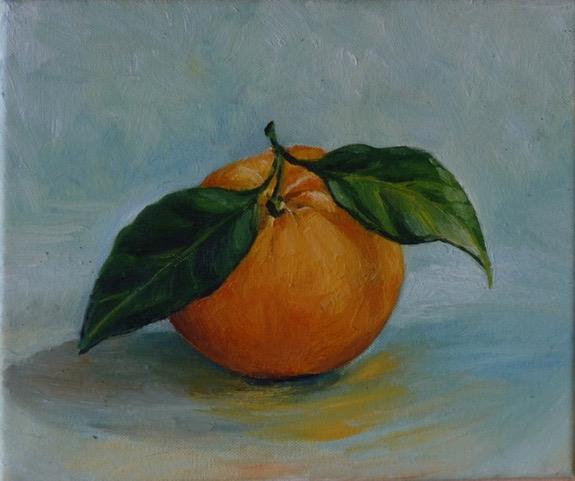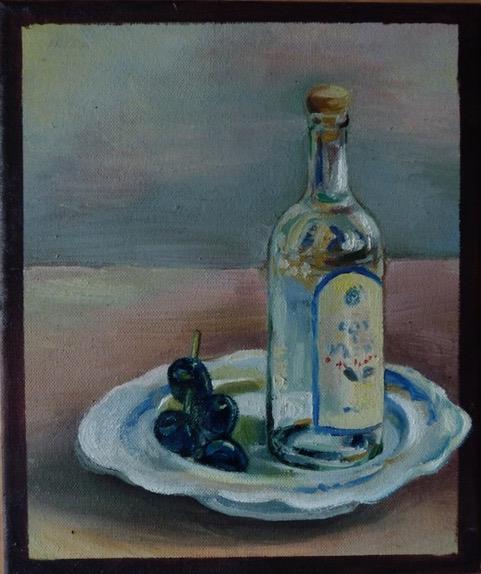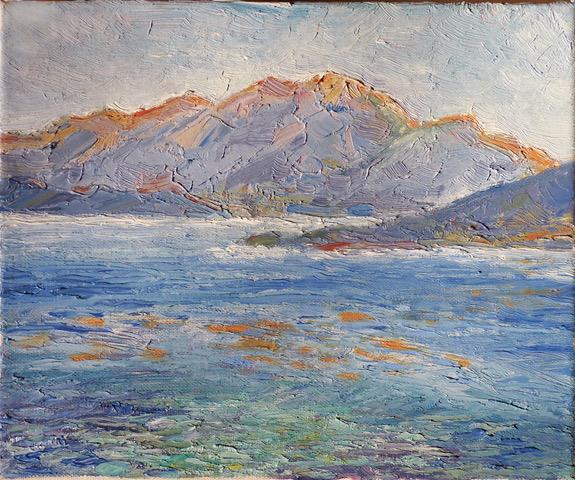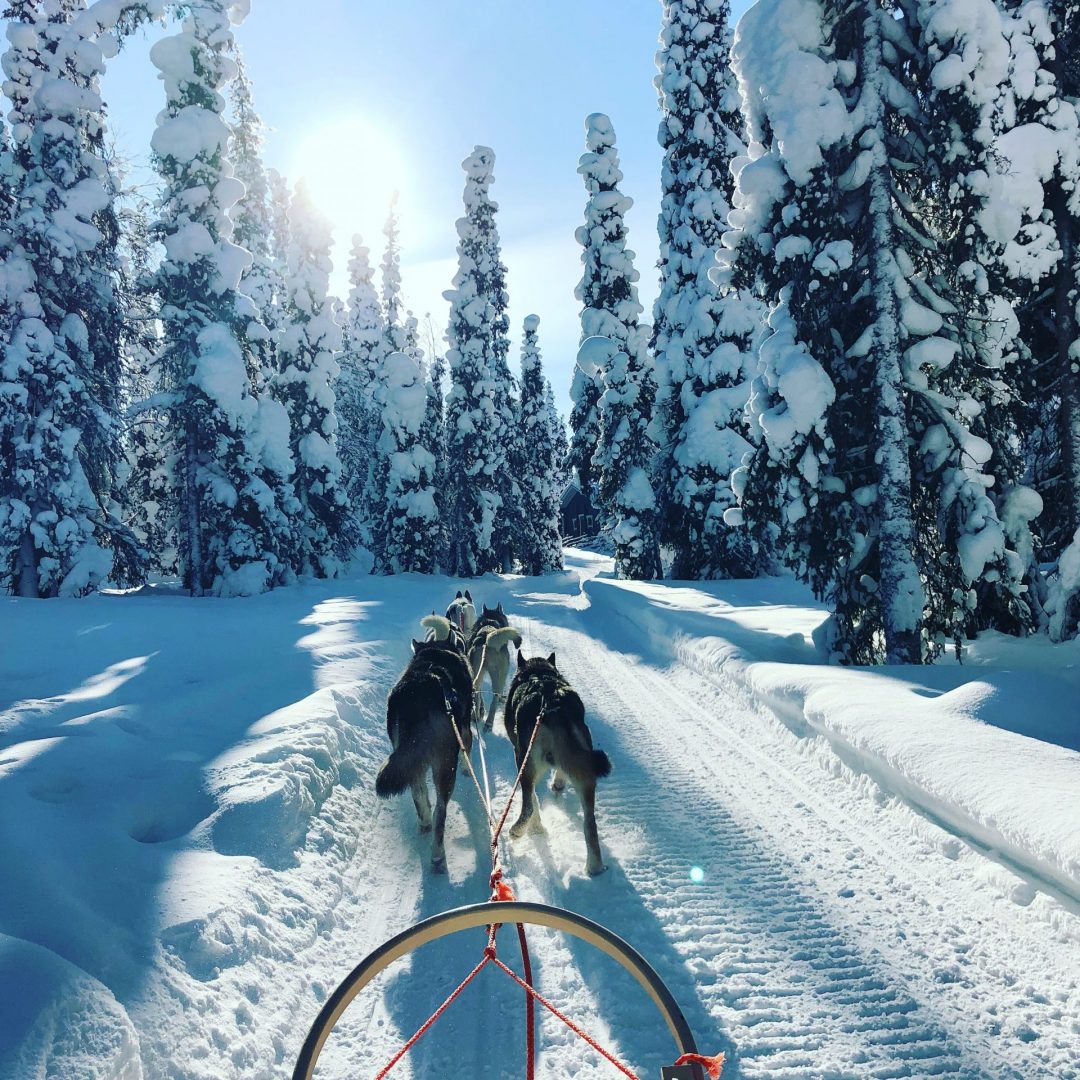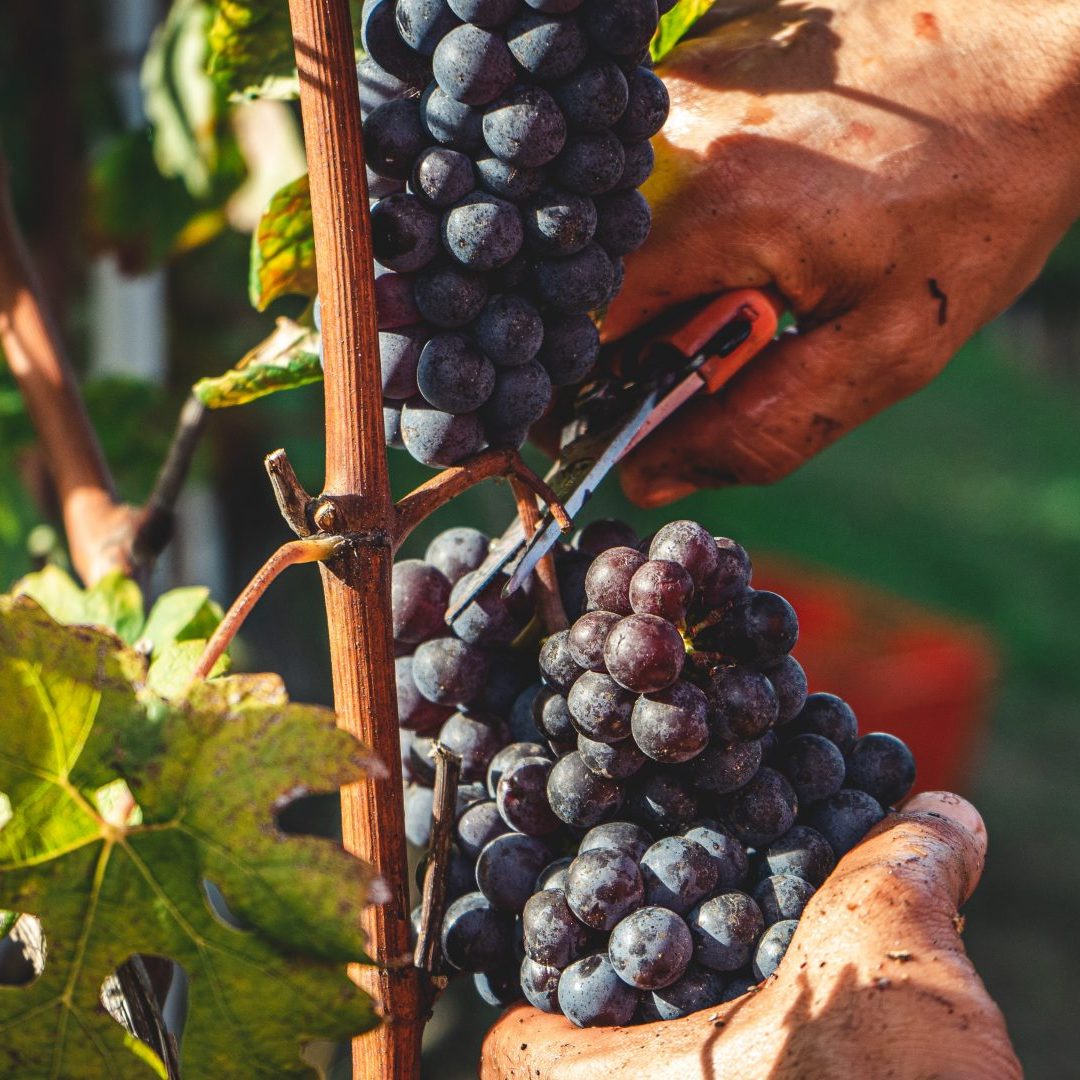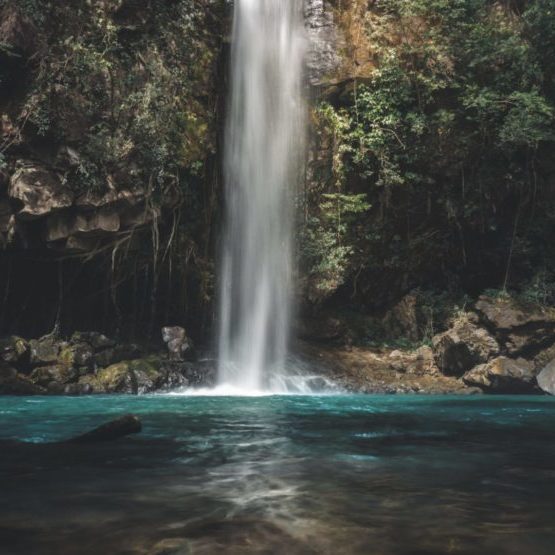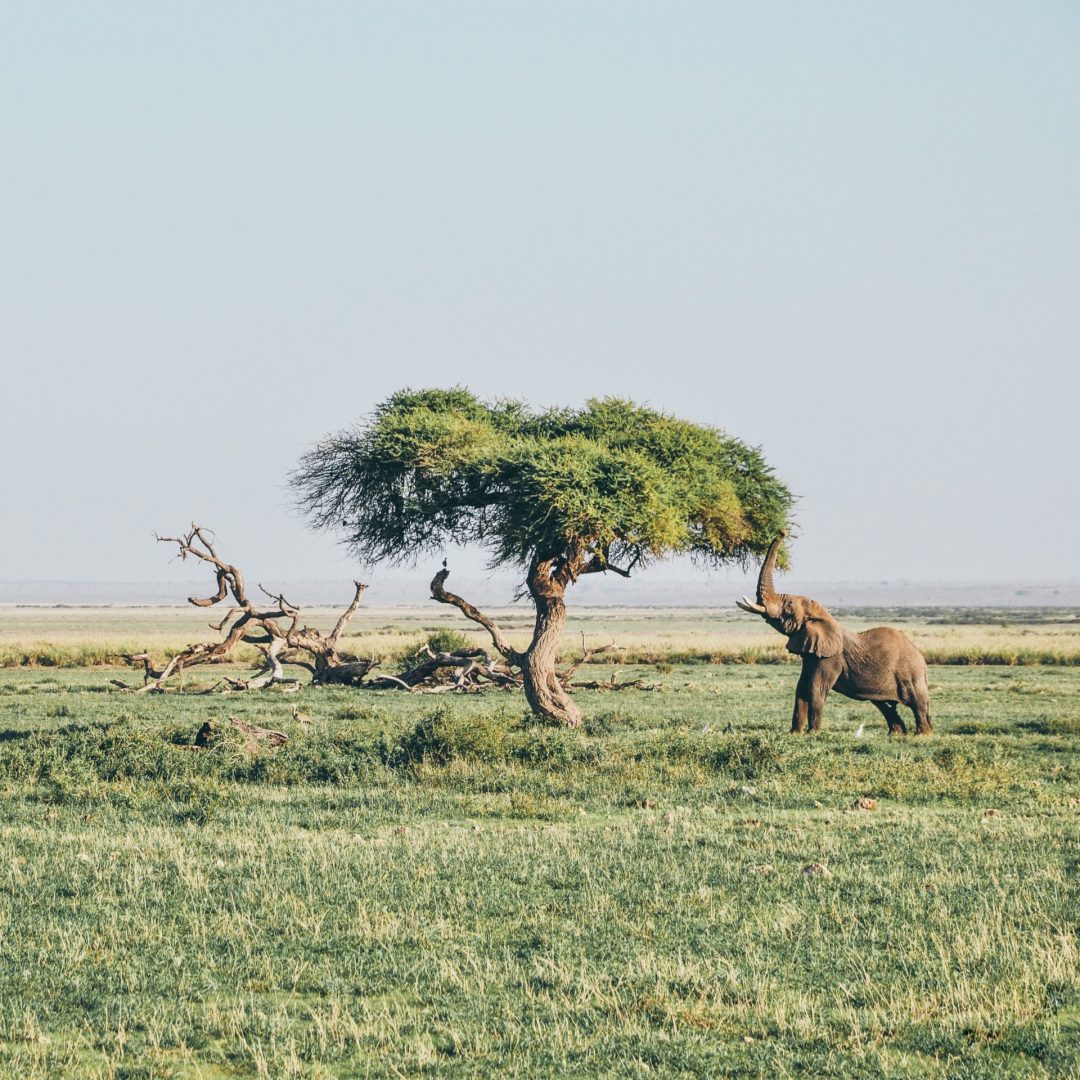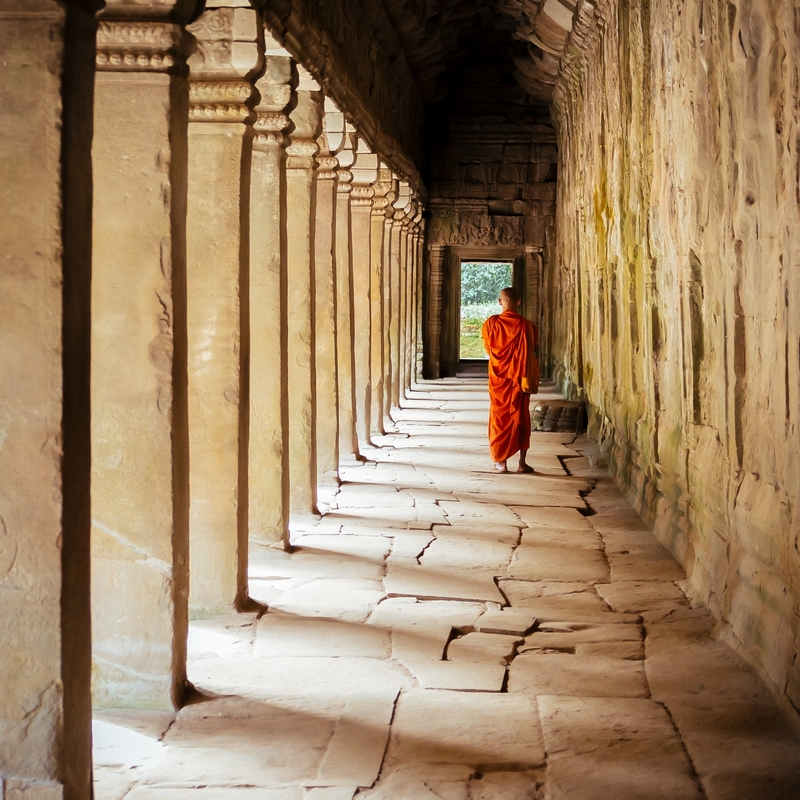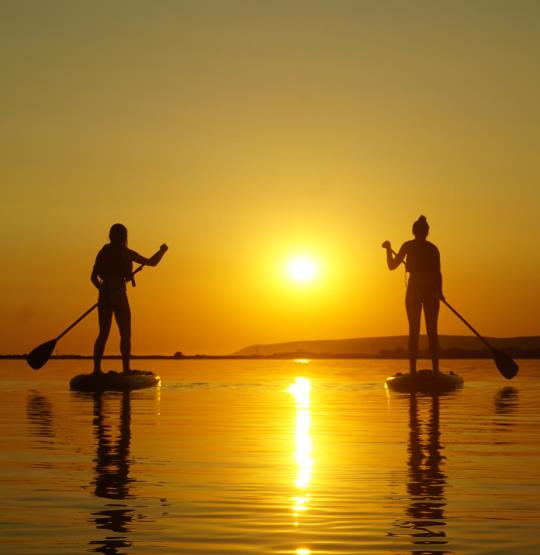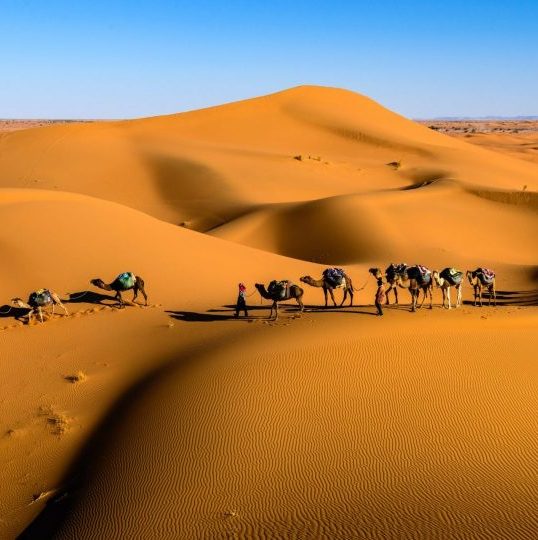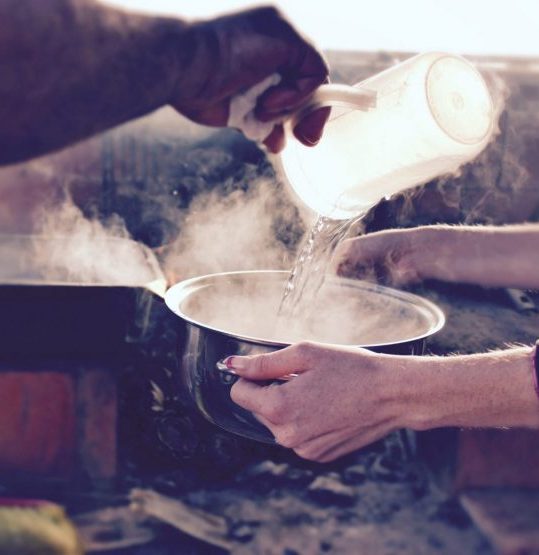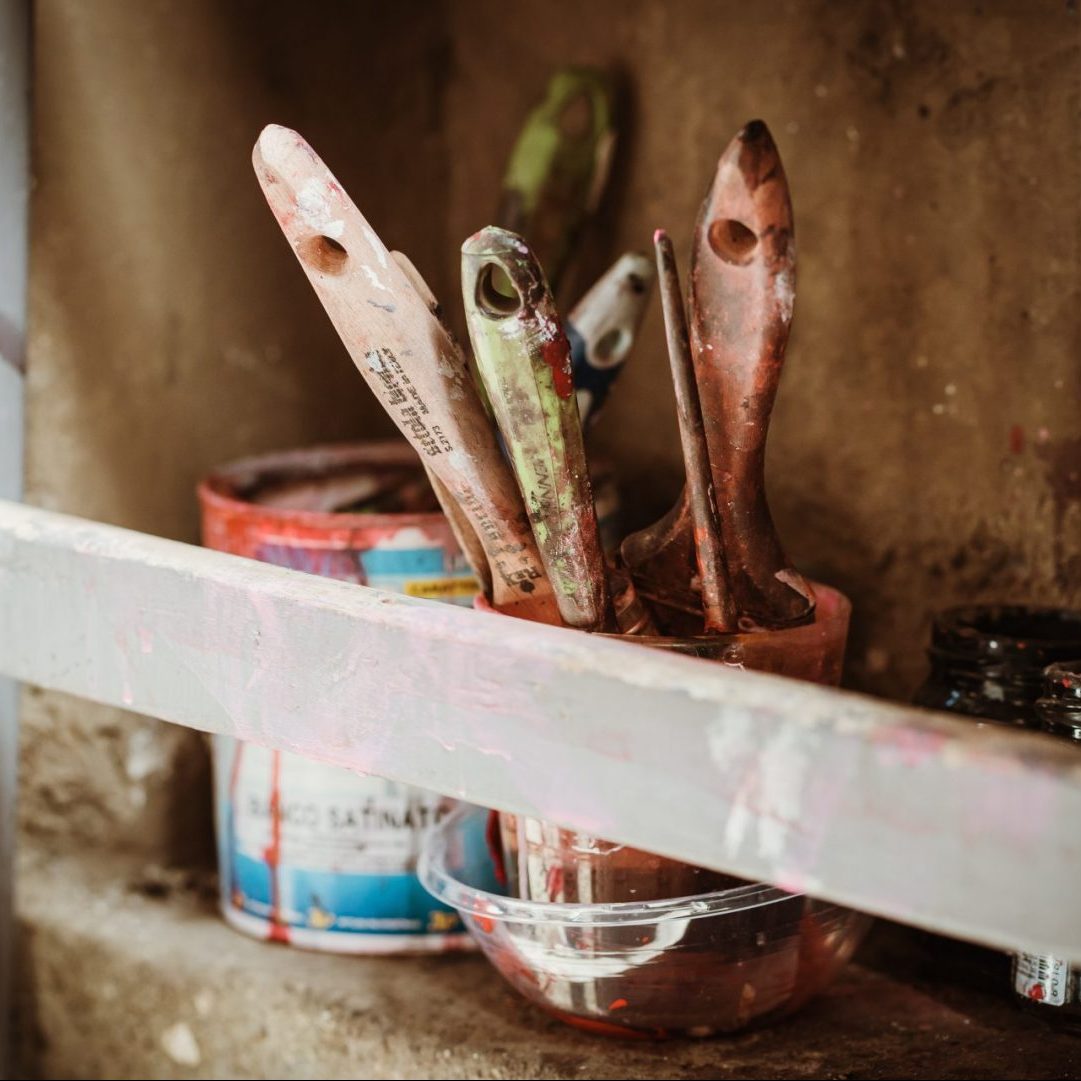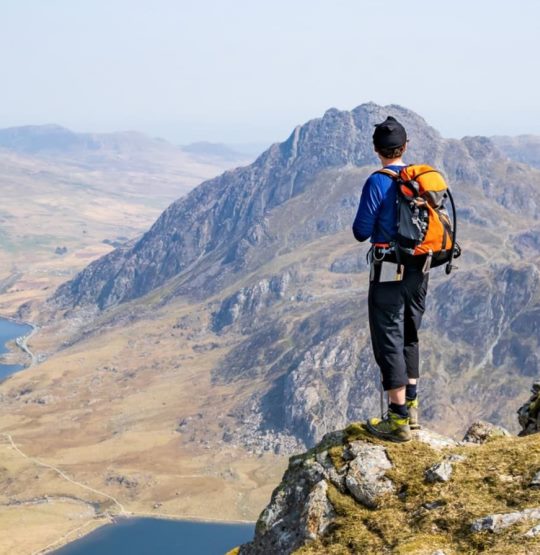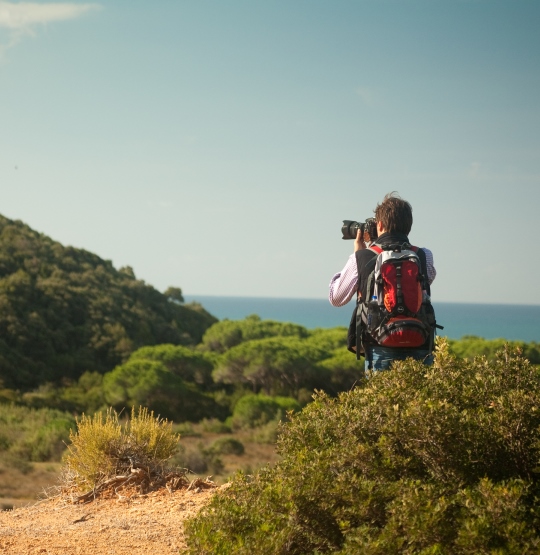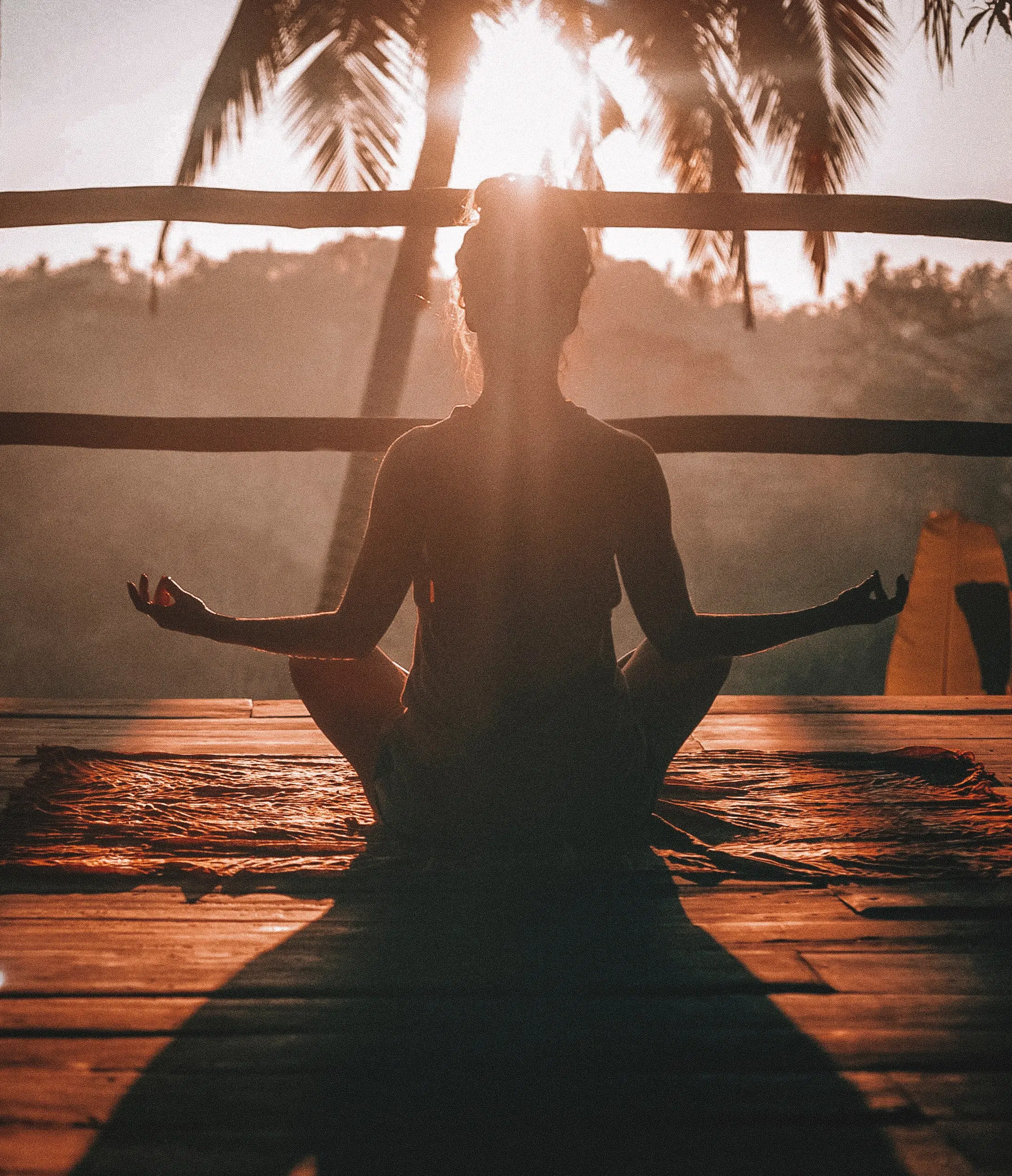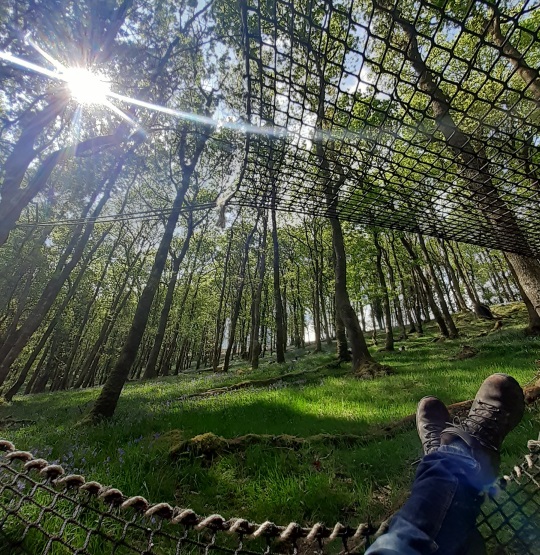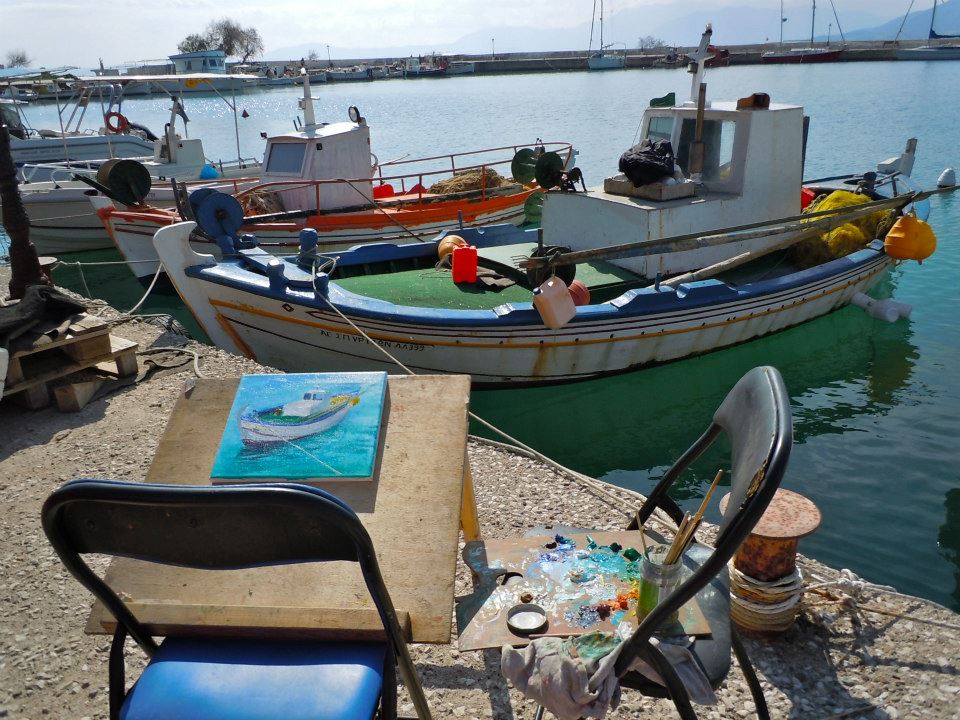Barbara de Machula (53) is a first degree Dutch art teacher who studied in Amsterdam at the art university, teaches all painting and drawing techniques, and also trained herself in making stained glass, mosaics and jewellery, as well as graphic design and illustrations.
She has a nice studio on a Greek mountain, called ‘the Gorgona’ and named after the seductive mermaid of Odyssea.
A warm and friendly approach and love of people is obvious with Barbara, and she has a vast experience with teaching adults as well as adolescents and never pushes one to uncomfortable demands on her painting holidays in Greece.
In this post, she answered some questions for the beginner artists out there – hopefully her tips will inspire you to head to Greece for some 1-on-1 tuition:
What’s the difference between watercolours, oils, and acrylics?
These are the different materials that are used to make an image on paper, canvas, board, or any other carrier.
All materials have their own characteristics and ways to use them.
Some materials can be mixed, like watercolours and acrylic, and sometimes mixing can give great results, like you see when you use watercolours and crayons.
Weather can often dictate which materials to use. When it is very hot, it is difficult to use acrylics as the paint dries too quickly on the brush.
In your opinion, is one easier to use?
All materials have their own challenge and way of working. I will say, watercolours require patience when puddles need to dry.
Watercolours can be used very freely as controlled accidents are frequent, and colours that mix in the puddles of water on the paper often give a great result. However, one has to be brave and accept random results. With more practise the results will be more predictable and a certain sense of control will be obtained.
Is one more affordable than another?
Oils are definitely more expensive and less suitable for travelling, unless you have the time to let them dry. You can use a drying agent called siccatif to reduce the drying time.
As an artist, is there one in particular you prefer to work with? If so, why?
I love watercolours because it is relaxing and exciting at the same time. Also, they are easy to carry and there’s no need for bulky bags.
If someone uses a different medium than you, are your tutorials still beneficial? How so?
I was trained in all techniques, and teach all techniques without problems.
Also, there are universal things that all techniques share like composition, colouring, the way to build an image, rhythm of the brush strokes and balance, and many, many more…
Is it easy to switch between paint types?
Yes I find it easy, and the same rules apply in general. If the client wants, we can try out different techniques and see what is preferred. This holiday is great for a beginner, as they can try different materials and see what they are comfortable with.
Is there a material better to paint on than others for each type of paint?
We usually paint on heavy (300 grams) paper, because it is easy to transport home in a suitcase. When we paint with oils, we use small canvas or boards.
Any advice for a beginner painter looking to do their first shop?
A watercolour kit is great to start with, and a small watercolour paper block.
Also, watercolour pencils are great to take on a journey!
You can see some examples of oil painting below, and find more information on joining Barbara for a beginner’s painting and drawing holiday in Paleros, Greece on our site.
